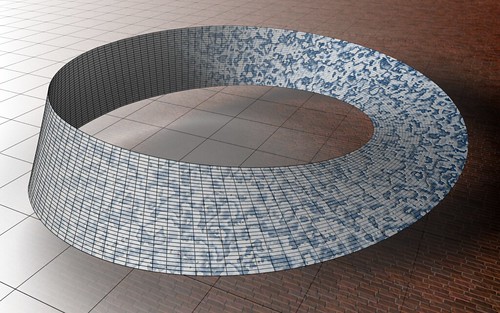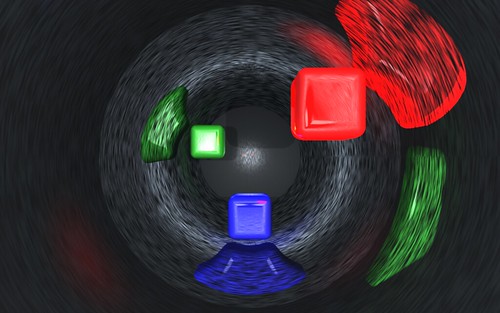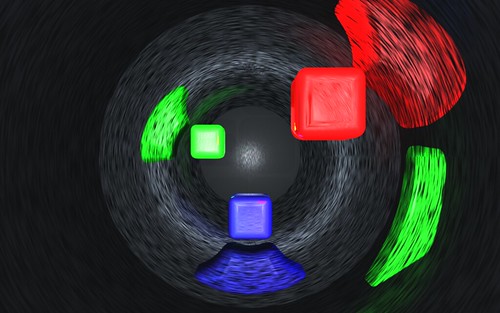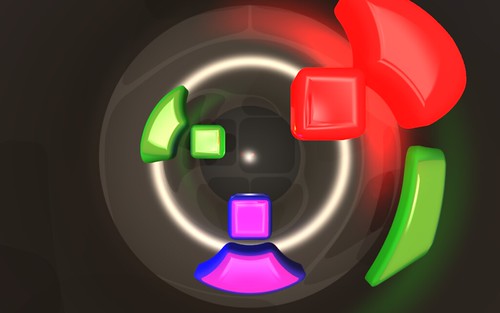As you can see, what I predicted when I started this blog happened to some extent. I got lazy and did not feel like writing. So here is a quick recap of what happened over the past two months.
Hurricane Gustav hit me hard and parts of it were scary. Streets near my house flooded, and we were without power for 5 days, with is not much compared to many other people hit by Gustav. We had a lot of tree debris to clean up. It took us about 2 weeks to get most of it out of the way.
A week and a half after Gustav hit I went to Disney World. We did not go because of Gustav; we had been planning this trip for almost a year. We spent a week at Disney World, in a Disney resort on Disney property. It was one of the best weeks of my life. I spent 3 days in EPCOT, and one day in every other park except for the water parks, which I never visited. The last time I had been was in 2000, so I remembered a little bit of Disney, but not much. They have changed a lot of stuff too, so most of it was a new experience to me.
Besides those two major events, life has been moving at a normal pace for me.
Now, on to Side Effects Houdini Apprentice HD. Houdini is a 3D animation and modeling program made by Side Effects Software Inc. I stumbled upon it after doing countless searches for software allowing me to do computational fluid dynamics. When I first saw it, I just passed over it, remembering using it a few years ago, and not liking it. This was partly due to my inexperience. After running out of solutions, I finally went back to look at it, and watched some demo reels on it. Amazed by what I saw I decided I had to try it out. I downloaded a free version of it called Houdini Apprentice. It limits your rendering resolution, and puts watermarks on everything you render. After messing with it for a few days and doing some tutorials, I bought Houdini Apprentice HD, which takes off the resolution cap on still images, raises the resolution cap to 1920x1080 on videos, and gets rid of watermarks. I have now owned it for about 2 weeks.
The more I learn about it, the more I realize there is more to learn. It is full of features for almost anything I could need. It does very well with dynamic simulations, but those take a lot of processing power, so I have not done many with my 1.8 GHz AMD Turion 64 X2 over clocked to 2.2 GHz. I am still learning so much about it, and still being impressed by what I see. So far, I have only made two scenes worthy of release into the public domain, portrayed in the thumbnails below. I hope you liked them.

The highlight of this is the use of caustics. Rendering caustics in Houdini proved to be trickier than I had expected. Many times when I rendered it using Physically Based Rendering, not only was there noise created by PBR, but random bright white specks and blocks of pixels would appear. This was not acceptable, so I went posted a topic on the Side Effects forums, and got no response. The forums are very helpful, and have assisted me many times before, but I guess no one knew what was wrong here. So I went looking around for people with similar problems, and while doing this I found a way to render caustics without using PBR. I figured this would at least get rid of noise, so I went ahead and did so. I then rendered the scene again using Micropolygon Rendering, and got what you see here. I plan to render this again, improving caustic count and quality, and make giving the floor texture. However, this will take much longer to render, and I will probably have to leave it over night. Hopefully, the result will be worth it.

This is the first scene I made for rendering a still image. Making this was a multiple stage process. First, I had to model the Möbius Strip, which included learning how to model objects. After modeling it, I rendered the first image, with the textures and no wireframe, which is what you see on the right of the image. Then I had to go and learn how to do a half-wireframe render. This took some searching on the forums, and combining parts of what I found. Once I was successful in rendering the wire image, I went into Paint.NET and combined it with the first render, and used an alpha gradient to make what you see now.
For more Houdini renders, go to http://flickr.com/photos/heydabop/sets/72157607632268880/.






